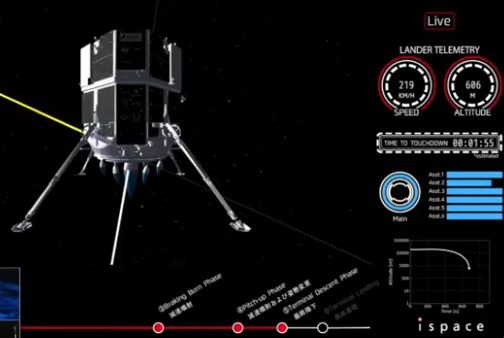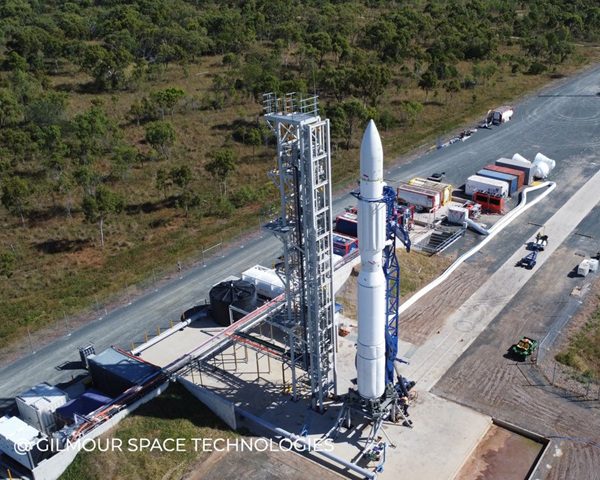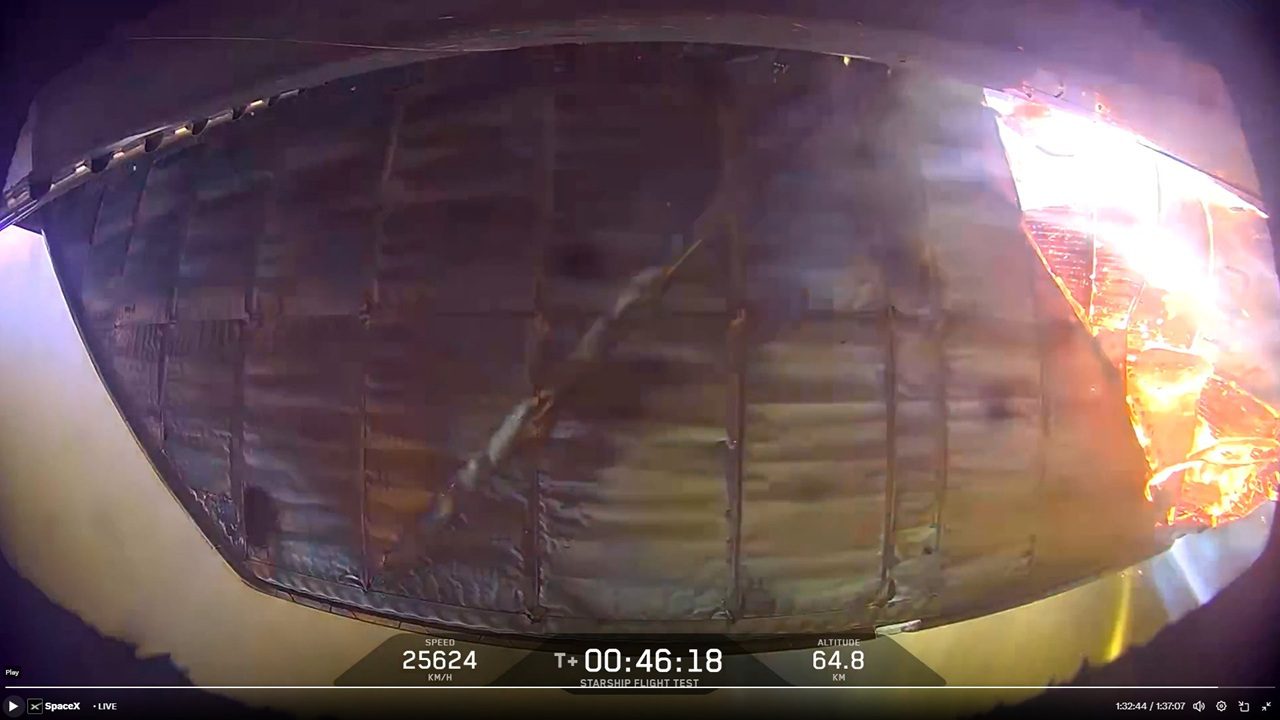At 0342 GMT, 26 September 2016, a Polar Satellite Launch Vehicle (PSLV) lifted off from the Satish Dhawan Space Centre, Sriharikota in south-east India. The mission was the fifth PSLV launch this year, a new record for the vehicle, and sixth in total for ISRO (Indian Space Research Organisation) beating the five launches conducted last year.
The primary payload was SCATSAT-1, a meteorological satellite, alongside seven secondary payloads from both domestic and international customers. The total mission payload mass was 675 kg.
As well as setting a new launch record for the vehicle (a further PSLV launch carrying the RESOURCESAT-2A spacecraft is scheduled for November/December 2016), the mission was the first to demonstrate the ability of the launch vehicle’s fourth stage to deploy spacecraft into different orbits. After the primary payload, SCATSAT-1, was deployed in an orbit of 720 km x 720 km, the fourth stage then re-ignited twice to lower its orbit in order to release the seven other payloads in a circularised orbit of 689 km.
The secondary payloads on the mission were: two university satellites from institutions within India, PISAT and PRATHAM, three Earth Observation (EO) spacecraft for Algeria and the UK, ALSAT-1B/-2B and ALSAT-NANO, one experimental satellite, CANX-7, from Canada and one satellite for the US company, BlackSky Global, to act as a precursor to its planned constellation of EO satellites.






